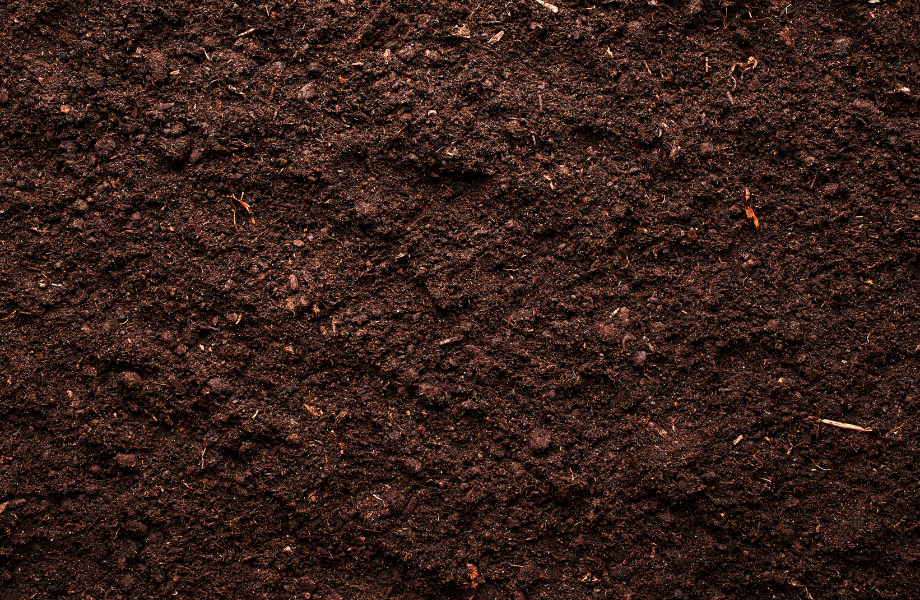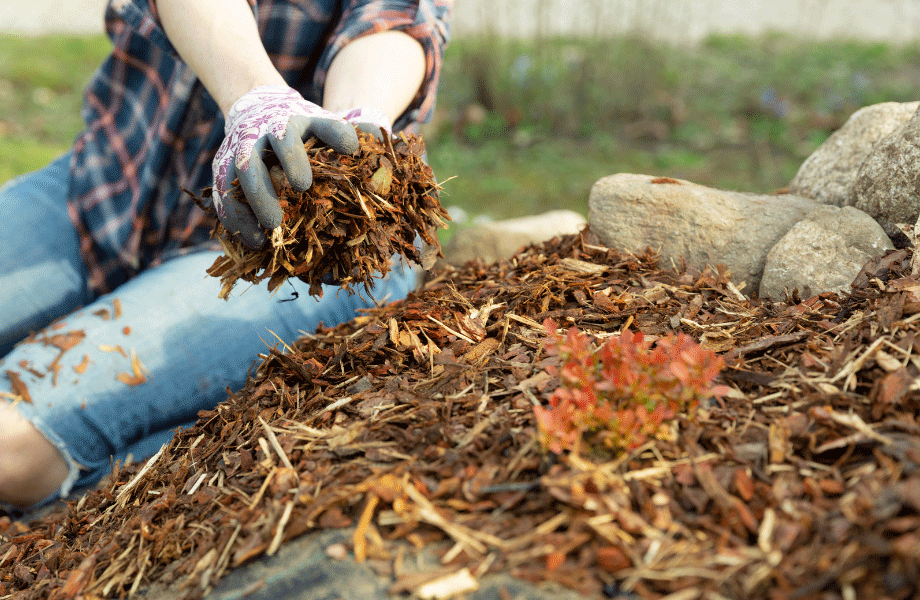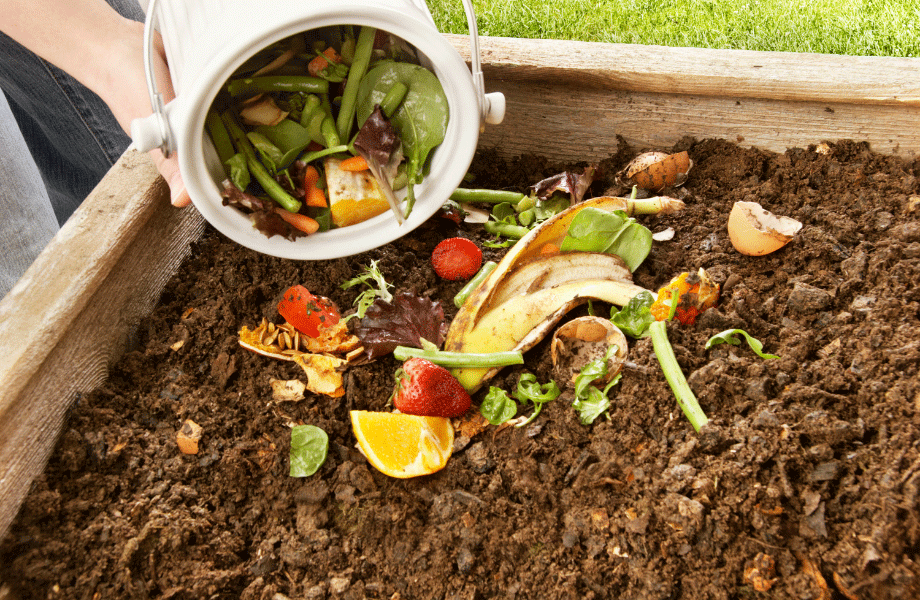In southeast Queensland we’re pretty familiar with living through drought conditions. With the Bureau of Meteorology announcing we’re in an El Niño event, facing minimal rainfall and a summer of potential water restrictions, it’s time to start preparing our lawns and gardens.
Luckily a drought proof garden is well within your reach. With just a little know-how and prep time, there’s a lot you can do to conserve water and have a lush garden.
How to drought proof your garden
There are a few practical steps you can take to create a drought proof garden. Preparatory, preventative action is the key as we enter what’s looking like a long, dry period. And composting, mulching and soil wetting agents will become your drought proof garden’s new best friends.
Here are out tips for drought proofing your garden.
Maintain healthy soil
The first step is to ensure that your soil is healthy. A healthy soil is the best way to drought proof garden and enable it to withstand hot summer conditions with minimal rainfall.
To ensure you have healthy soil you should:
- Increase organic matter – consider manure, soil improvers and compost which hold moisture and give vital nutrients back to the soil
- Reduce pesticides which can strip nutrients from the soil
- Protect topsoil with mulch or cover crops
Mulch, mulch, mulch
Think of mulch as one of your best defences when drought proofing your garden. As well as helping with water retention, mulch can help soil to break down vital nutrients and suppress weed growth. It’s important to follow these steps to properly prepare your soil for mulching.
- Add compost to your soil. This includes garden beds, pot plants and your veggie patch. This will help it to better absorb and retain water. A soil wetter can also help with moisture retention.
- Water your soil and lawn.
- Apply a generous 5cm layer of mulch. This can be wood chips, bark chips, or bales of sugar cane or tea tree. Keep the mulch away from plant stems and trunks (as retained moisture can cause them to rot). And too much mulch can be a double whammy, as it could stop water and air from reaching your soil.
For more tips on mulching read: When should I mulch my garden?
Use lots of organic matter & compost
Step 1 above mentions adding compost to your soil. Compost is organic matter than will improve the condition of your soil structure, increasing air flow and water retention. Compost also adds nutrients to your soil.
Apply a soil wetting agent
Soil wetting agents are an excellent tool to help your soil retain moisture. They work by breaking down the water repelling layer that can build up on both soil and potting mixes over time.
By using soil wetting agents, your soil will be in its best possible condition to enable water to absorb and evenly distribute. Regular application of a soil wetting agent (not only prior to mulching) will help to improve your soil’s structure and allows it to hold on to the nutrients in fertilisers. It will also help to break down clay soils.
Plant Doctor’s Nature’s Soil Wetter has a premium combination of complex organic compounds. It’s a concentrated, non-toxic, enviro-friendly soil wetting agent and conditioner that’s predominately derived from plants. Suitable for lawns, turf, garden beds, sandy and clay soils, it’s also safe for veggie gardens, fruit trees, Australian natives and pot plants.
Plant drought-friendly plants and lawns
Planting your garden out with drought friendly plants and lawns is a great way to manage water restrictions. Buffalo grasses, such as Sir Walter and Palmetto, are fantastic for dry, hot conditions. There are plenty of drought tolerant plants too, including some beautiful flowering varieties, like salvia and lavender, which can keep your garden looking lush despite harsh conditions.
Make the most of grey water
Using grey water in your garden is an excellent way to beat water restrictions. You can use a condenser dryer which pulls the water from the clothes as it dries, which you can then use on your plants.
Or for a budget friendly approach to using grey water (that doesn’t require regulatory approval), keep a well-placed bucket to your shower cubicle. Collect your shower water and use it to water non-edible garden and lawn areas within 24 hours.
Watch when you water
When talking drought proof gardens, it’s important that when you do water you’re doing so at the right time in order to maximise its impact. Watering in the cool early morning is best. This is when water evaporation is at its lowest. And your soil, lawn and plants will be prepared for increasing heat across the day.
For more tips read: How often should you water your lawn?
Keep your garden lush all summer long
With a little time and know-how, it’s possible to keep your lawn looking green through a hot summer. At Rock’n’Soil, our expert team can help you choose the best mulch, compost, soil wetting agents and fertilisers to help your lawn and garden live their best hot summer life. Keep an eye on our How To and Product Info pages for more practical backyard tips and tricks.














